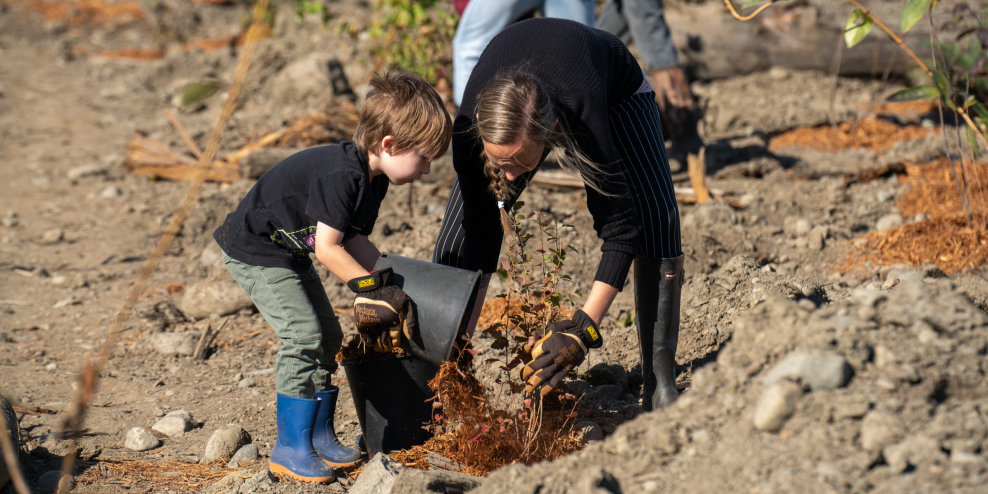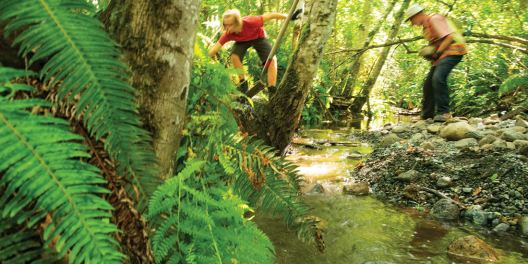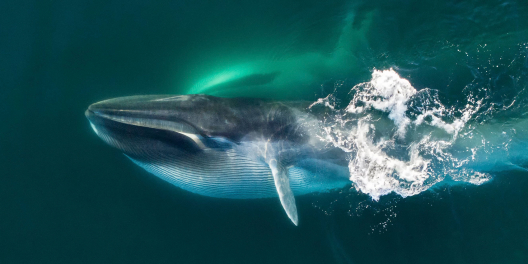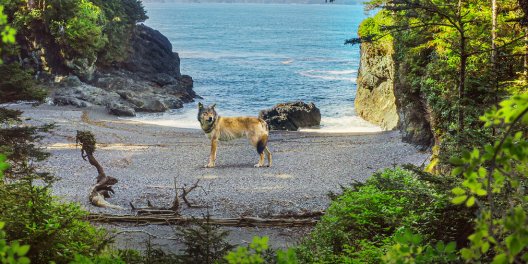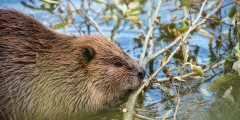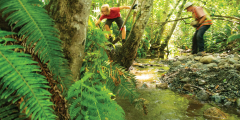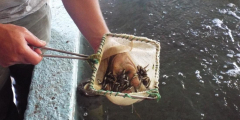The huge effort to clean up an old sawmill site on the Courtenay River and restore it to a natural place for fish and wildlife is almost finished. It’s called Kus-kus-sum, an indigenous word meaning “very, very slippery.”
And it’s one the biggest ecological restoration projects ever undertaken in the Comox Valley.
From the late 1940s until 2006, Field Sawmills operated on the banks of the Courtenay River. The location made sense for business. Logs could be easily boomed up the river to the mill.
However, it was terrible for fish and wildlife in the K’omoks Estuary. A corrugated iron wall, built along the left bank of the river for the mill, destroyed wetlands and changed the river’s natural flow.
Fish and wildlife habitat was lost, and flooding became more of a problem. After closing the mill, then-owner Interfor listed the 8.3-acre property for $5.3 million. A market was among the ideas for commercial development proposed for the site.
This got Project Watershed’s attention. The non-profit puts a high priority on any efforts to restore the health of the estuary. As early as the 1970s, people had pushed for relocating the mill away from this sensitive wetland area. But the mill clanged away for another 30 years.
With the closing of the mill and the property for sale, there was an opportunity. Project Watershed began talks with Interfor in 2017. Three years later, a deal was signed.
That was just the start.
Then came the job of removing 4 acres of 1-foot-thick concrete. The total cost of buying and restoring the land is estimated to be $ 6.5 million.
It’s essential work.
All the salmon stocks that return to spawn as adults in the Tsolum and Puntledge River watersheds migrate past this site.
But it’s not just salmon. K’omoks Estuary also supports a wide variety of birdlife, with more than 140 different species identified.
Estuaries are where rivers meet the sea. They are among the most productive natural areas on Earth.
In BC, only 3 percent of our shoreline is made up of estuaries, yet eight in ten wildlife species either live in or spend part of their lifecycle in estuaries.
“Estuary is a word that comes from estrogen, and estrogen means fertility. So when you’re living on an estuary, you’re living on one of the most fertile places on Earth,” said Betty Donaldson, a University of Calgary professor and Comox Valley resident, in an interview about the Kus-kus-sum project several years ago.
Four years into the restoration process, the old mill property looks dramatically different. The concrete is gone. The site has been sculpted and restored into a more natural-looking riverside area.
When the metal wall is finally removed, water from the Courtenay River will move in to fill the network of constructed pools and channels, bringing the site back to what it would have been like before the mill was built.
“Why is Kus-Kus-sum important to me? It really illustrates how long our people have been around and have been in relationship with the land,” said Wedledi Speck, a Namgis First Nation member and Comox Valley resident with strong cultural ties to the K’omoks First Nation.
Project Watershed holds the land in trust with K’omoks First Nation and the City of Courtenay on title.

